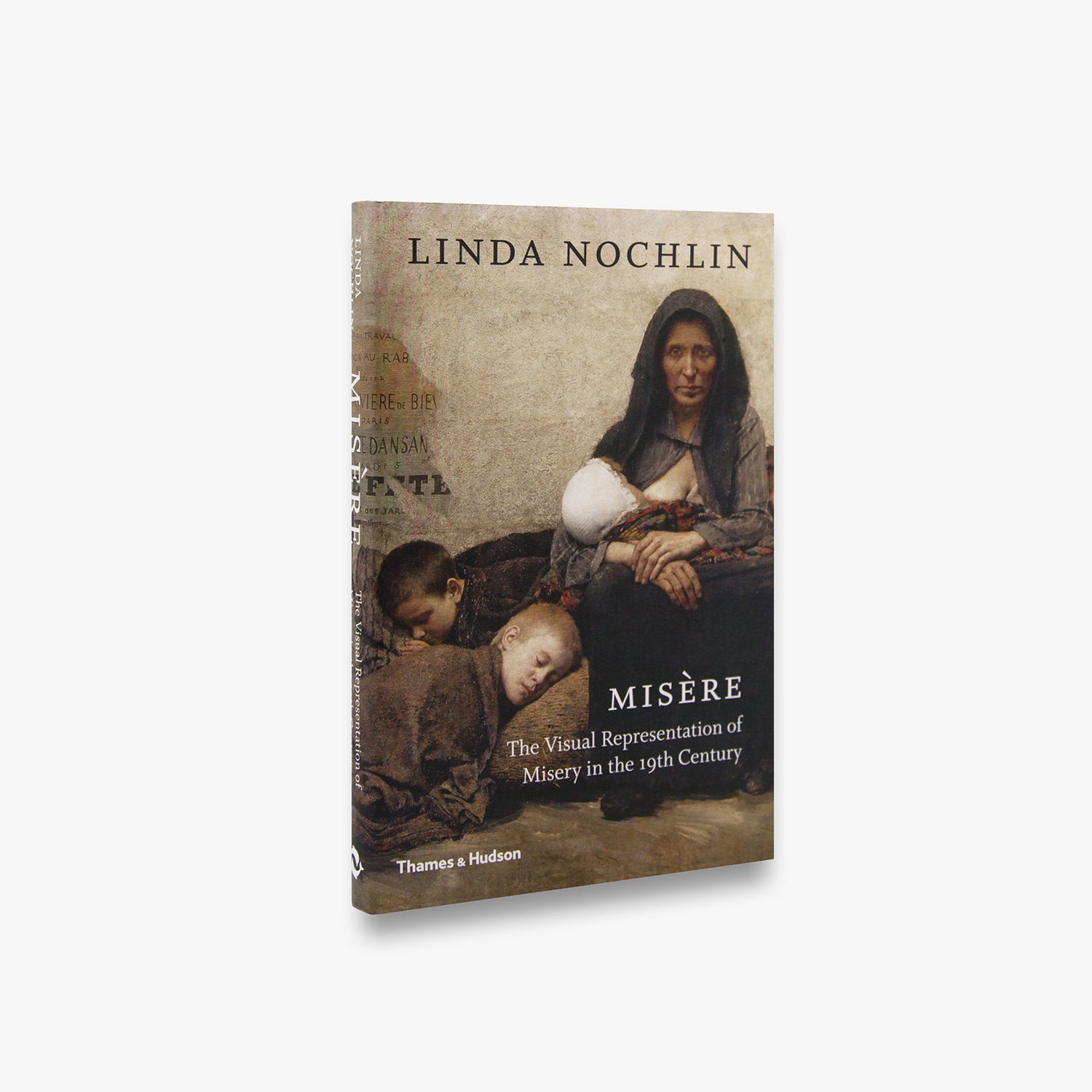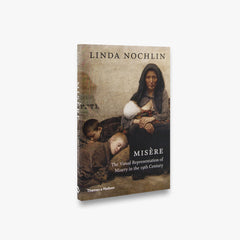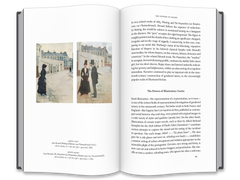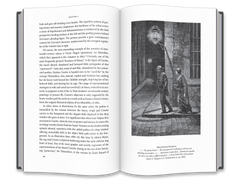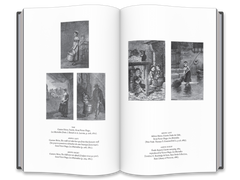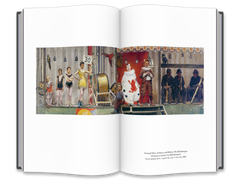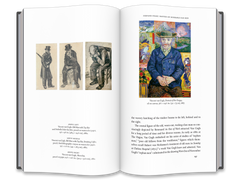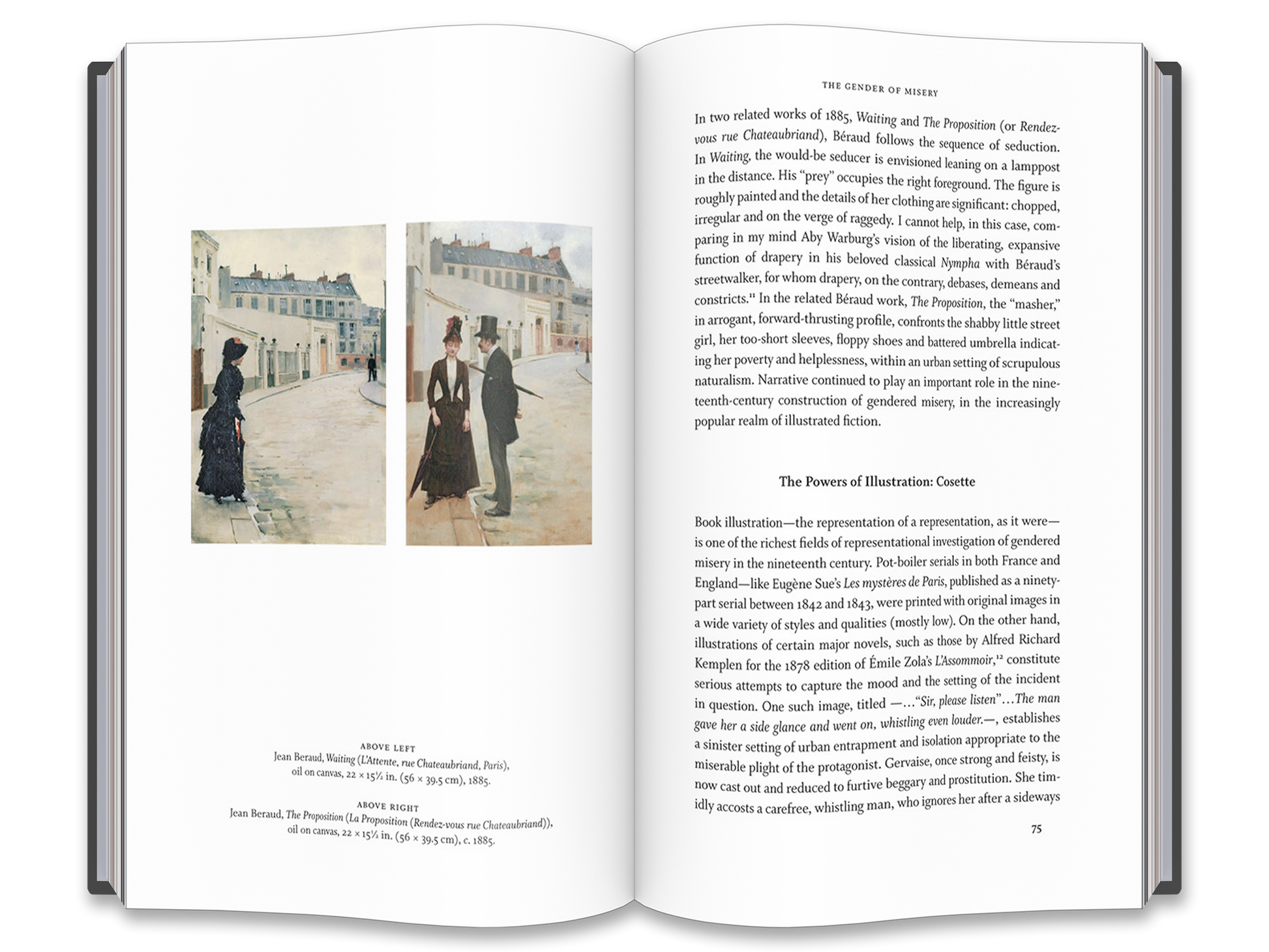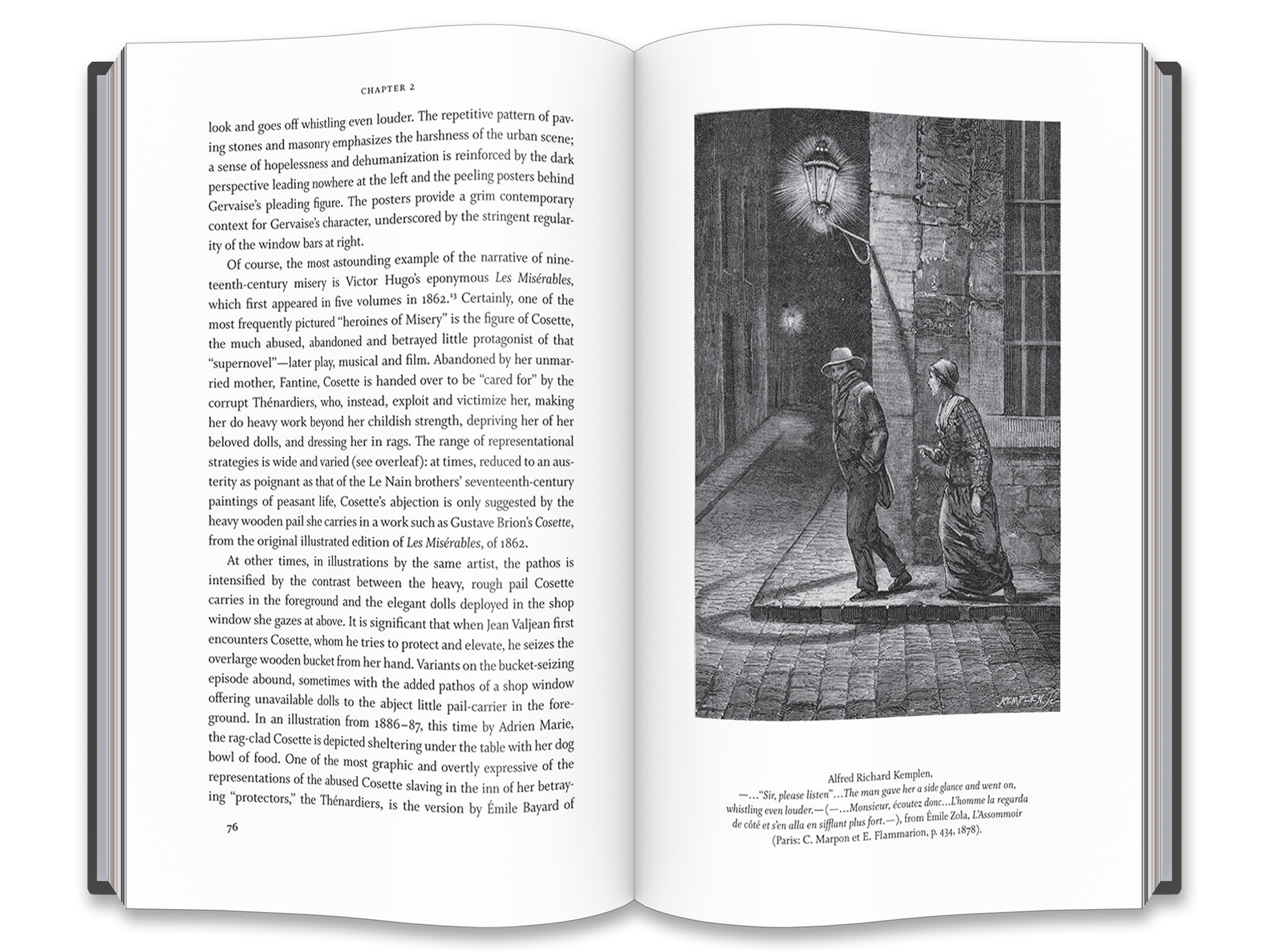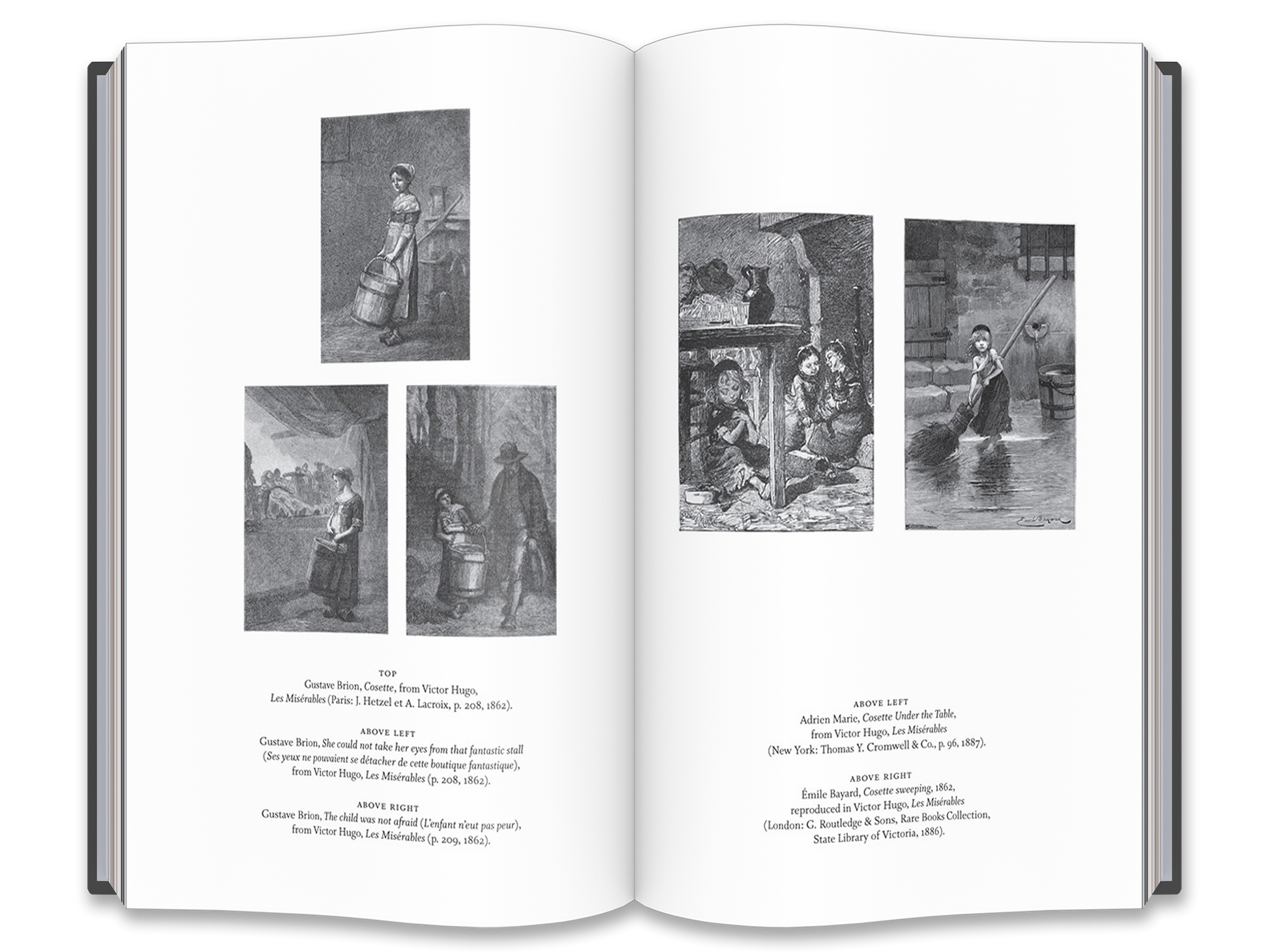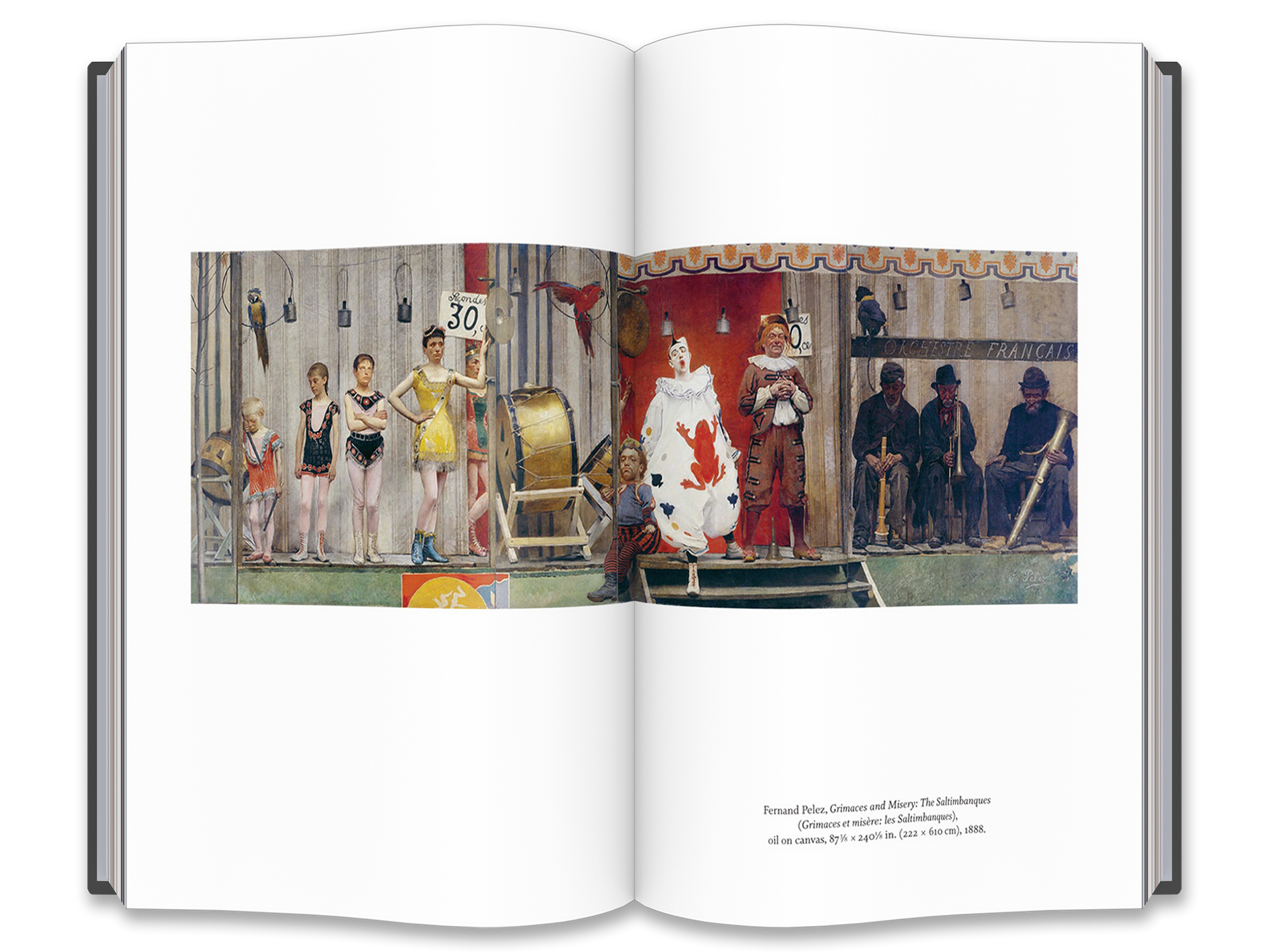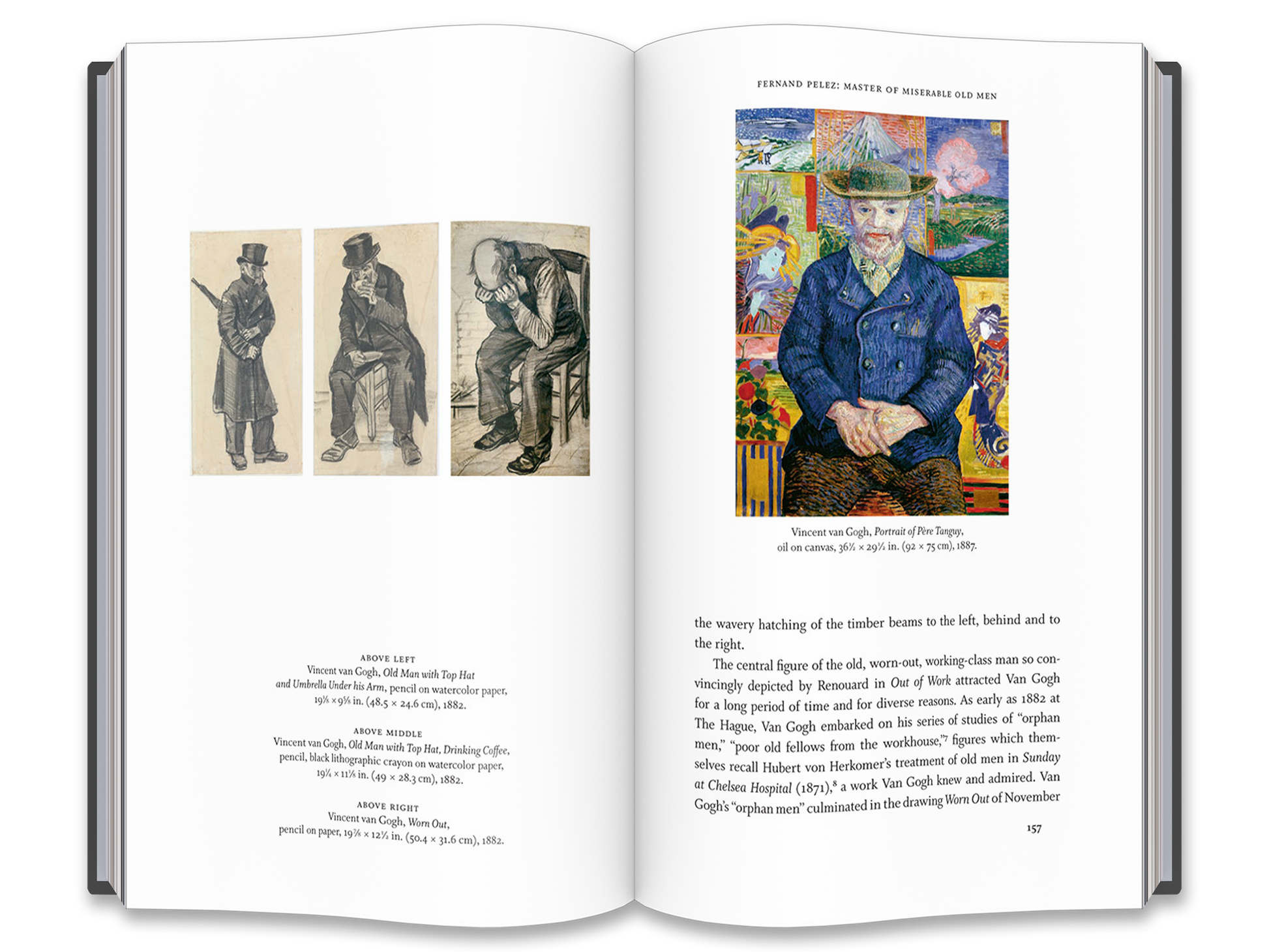The arrival of the Industrial Revolution in the early 19th century witnessed unprecedented changes in society: rapid economic progress went hand-in-hand with appalling working conditions, displacement, squalor and destitution for those at the bottom of the social scale. These new circumstances presented a challenge to contemporary image-makers, who wished to capture the effects of hunger, poverty and alienation in Britain, Ireland and France in the era before documentary photography.
In this groundbreaking book, the eminent art historian Linda Nochlin examines the styles and expressive strategies that were used by artists and illustrators to capture this misère, roughly characterized as poverty that afflicts both body and soul. She investigates images of the Irish Famine in the period 1846–51; the gendered representation of misery, particularly of poor women and prostitutes; and the work of three very different artists: Théodore Géricault, Gustave Courbet and the less well-known Fernand Pelez. The artists’ desire to depict the poor and the outcast accurately and convincingly is still a pertinent issue, though now, as Nochlin observes, the question has a moral and ethical dimension – does the documentary style belittle its subjects and degrade their condition?
In this groundbreaking book, the eminent art historian Linda Nochlin examines the styles and expressive strategies that were used by artists and illustrators to capture this misère, roughly characterized as poverty that afflicts both body and soul. She investigates images of the Irish Famine in the period 1846–51; the gendered representation of misery, particularly of poor women and prostitutes; and the work of three very different artists: Théodore Géricault, Gustave Courbet and the less well-known Fernand Pelez. The artists’ desire to depict the poor and the outcast accurately and convincingly is still a pertinent issue, though now, as Nochlin observes, the question has a moral and ethical dimension – does the documentary style belittle its subjects and degrade their condition?
Extent: 176 pp
Format: Hardback
Illustrations: 128
Publication date: 2018-04-12
Size: 23.4 x 15.3 cm
ISBN: 9780500239698
Misère: An Introduction • 1. Misère: The Irish Paradigm • 2. The Gender of Misery • 3. Géricault, Goya and the Representation of Misery • 4. Representing Misery: Courbet’s Beggar Woman • 5. Fernand Pelez: Master of Miserable Old Men • Conclusion
Press Reviews
Cindy Sherman
Frances Spalding, Guardian
Apollo
Financial Times
About the Author
Linda Nochlin (1931–2017) was Lila Acheson Wallace Professor Emerita of Modern Art at the New York University Institute of Fine Arts. She wrote extensively on issues of gender in art history and on 19th-century Realism. Her numerous publications include Women, Art and Power, Representing Women and Courbet, as well as the pioneering essay from 1971: ‘Why Have There Been No Great Women Artists?’
You May Also Like
View more- Choosing a selection results in a full page refresh.


